Home>Gardening & Outdoor>Landscaping Ideas>How To Tell If Bugs Are Killing Your Grass
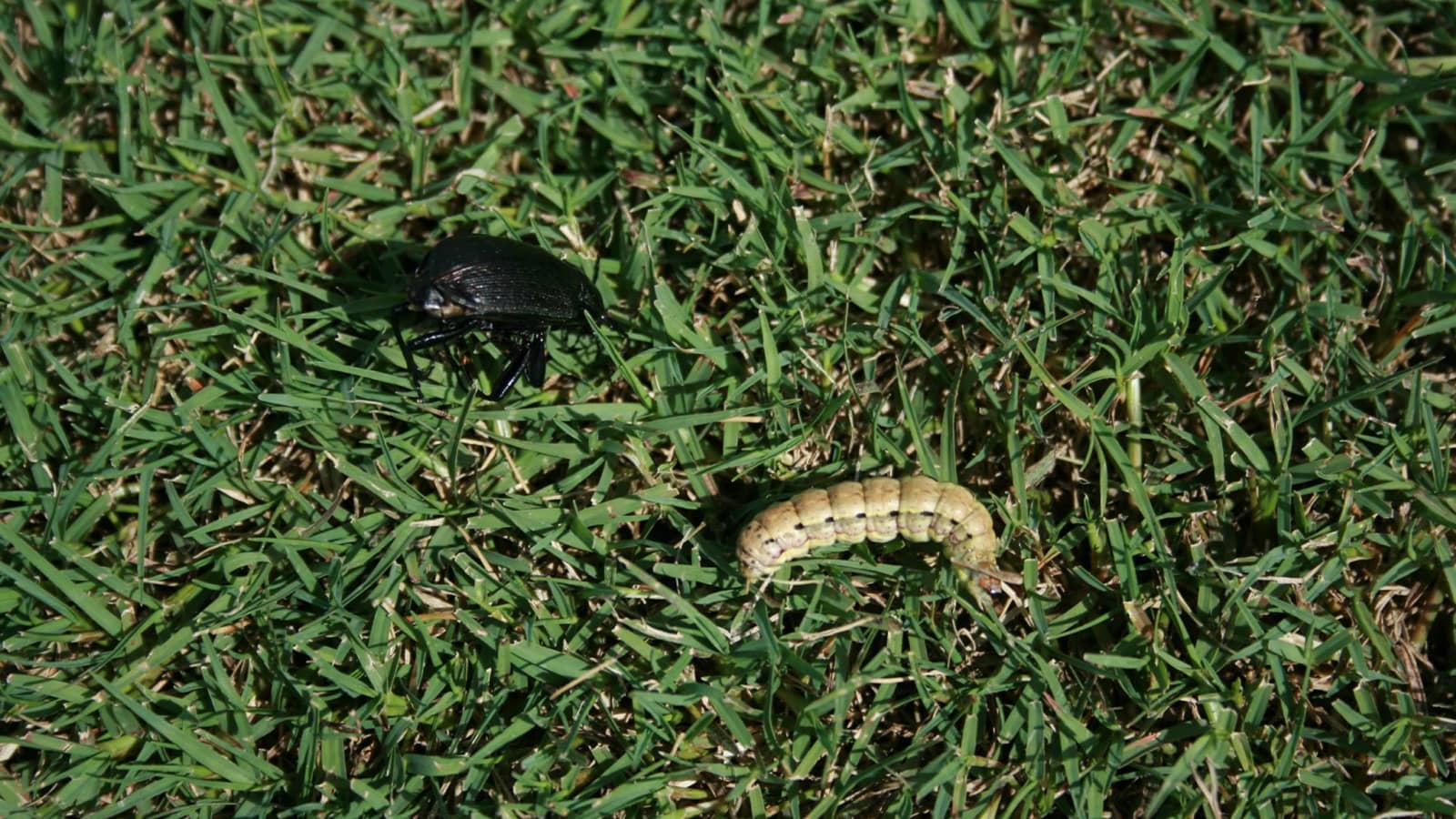

Landscaping Ideas
How To Tell If Bugs Are Killing Your Grass
Modified: February 18, 2024
Learn how to identify signs of bug infestation in your lawn with our landscaping ideas. Discover effective solutions to save your grass.
(Many of the links in this article redirect to a specific reviewed product. Your purchase of these products through affiliate links helps to generate commission for Storables.com, at no extra cost. Learn more)
Introduction
Maintaining a lush, vibrant lawn is a source of pride for many homeowners. However, the presence of bugs can pose a serious threat to the health and beauty of your grass. While some bugs play a beneficial role in the ecosystem, others can wreak havoc on your lawn, leaving it patchy, discolored, and in desperate need of attention.
In this comprehensive guide, we will explore the signs of bug infestation, the types of bugs that commonly target grass, and crucially, how to identify and address a bug infestation. By understanding these key aspects, you can take proactive measures to safeguard your lawn and ensure its long-term health and vitality.
Let's delve into the world of bugs and their impact on your grass, empowering you to make informed decisions and take effective action to preserve the beauty of your outdoor space.
Key Takeaways:
- Don’t let bugs ruin your lawn! Look out for patchy areas, unusual soil texture, and increased bird activity as signs of bug infestation. Act early to protect your grass.
- Keep your lawn bug-free by maintaining it well, encouraging natural predators, and using targeted treatments. Stay vigilant and take proactive steps to preserve your grass’s health.
Read more: What Kills Bugs In Grass
Signs of Bug Infestation
Identifying a bug infestation early is essential for preventing extensive damage to your lawn. Several telltale signs can indicate the presence of destructive bugs:
- Patchy or Discolored Areas: If you notice irregular patches of yellowing or browning grass, it could be a sign of bug infestation. These areas may appear wilted or have a sparse, unhealthy appearance.
- Increased Presence of Birds: A sudden influx of birds, particularly those that feed on insects, such as robins or starlings, could indicate an abundance of bugs in your lawn.
- Unusual Soil Texture: Some bugs disrupt the soil as they burrow, causing it to feel unusually spongy or soft in certain areas.
- Visible Damage to Grass Roots: Carefully inspect the grass roots for signs of damage, such as chewing, tunneling, or discoloration.
- Unexplained Thinning: If your lawn is inexplicably thinning or declining in overall health, bugs may be the underlying cause.
By remaining vigilant and recognizing these signs, you can take prompt action to address the infestation before it escalates. Understanding the specific types of bugs that target grass is also crucial in effectively combatting the issue.
Types of Bugs that Kill Grass
Various insects can wreak havoc on your lawn, causing extensive damage and compromising its health. Understanding the characteristics and behaviors of these destructive bugs is instrumental in formulating an effective eradication and prevention strategy. Here are some of the most common types of bugs that pose a threat to grass:
- Grubs: These larvae of beetles, such as Japanese beetles and June bugs, feed on grassroots, leading to brown patches and weakened turf that can be easily uprooted.
- Chinch Bugs: These tiny, black bugs thrive in hot, dry conditions and suck the sap from grass, resulting in discolored, drought-stressed patches.
- Armyworms: These caterpillars are voracious eaters, capable of swiftly devouring large areas of grass, leaving behind brown, closely cropped patches.
- Sod Webworms: The larvae of these moths feed on grass blades, causing extensive damage and creating unsightly brown patches across the lawn.
- Cutworms: These nocturnal caterpillars sever grass blades at the soil level, leading to wilting and dieback in affected areas.
These bugs can rapidly multiply and inflict substantial harm to your lawn if left unchecked. Recognizing the specific characteristics and behavior patterns of these insects can aid in early detection and targeted intervention to mitigate their impact.
Now that we’ve identified the potential culprits, let’s explore how to spot and address a bug infestation before it causes irreparable damage to your grass.
Regularly inspect your grass for signs of discoloration, thinning, or patches of dead grass. Look for small holes in the ground, chewed leaves, or visible insects. If you suspect a bug infestation, consult with a professional for proper identification and treatment options.
How to Identify Bug Infestation
Detecting a bug infestation in its early stages is paramount for preserving the health and appearance of your lawn. By familiarizing yourself with the signs of bug presence and implementing proactive monitoring, you can swiftly identify and address any burgeoning issues. Here are some effective methods for identifying a bug infestation:
- Regular Lawn Inspections: Routinely inspect your lawn for any signs of irregular patchiness, discoloration, or unusual soil texture. Take note of any areas that appear distressed or weakened.
- Grass Tug Test: Perform a simple tug test by gently pulling on the grass in suspect areas. If the grass lifts easily, it may indicate root damage caused by grubs or other subterranean pests.
- Visual Bug Identification: Actively look for the presence of bugs in your lawn. Some pests, like chinch bugs, may be visible on the grass surface, while others, such as grubs, require digging to uncover.
- Monitoring Bird Activity: Observe the behavior of birds in your lawn. Increased bird activity, particularly birds that feed on insects, can signal the presence of bugs in the grass.
- Professional Assessment: If you suspect a bug infestation but are uncertain about the specific pest responsible, consider seeking the expertise of a lawn care professional for a thorough assessment.
By actively engaging in these identification methods, you can promptly detect and address a bug infestation, preventing extensive damage and fostering the long-term health of your lawn.
Now that you are equipped with the knowledge to identify a bug infestation, it’s crucial to explore preventive measures and effective treatment options to safeguard your grass from these destructive pests.
Prevention and Treatment Options
Implementing preventive measures and employing targeted treatment options are essential for mitigating the impact of bug infestations and preserving the vitality of your lawn. By integrating proactive strategies and leveraging effective treatments, you can fortify your grass against destructive bugs. Here are some preventive and treatment options to consider:
- Regular Lawn Maintenance: Maintaining a well-kept lawn through proper watering, mowing, and fertilization can bolster grass health and resilience, making it less susceptible to bug damage.
- Natural Predators: Encourage the presence of beneficial insects, such as ladybugs and parasitic wasps, which prey on destructive bugs, helping to naturally control their populations.
- Biological Control Agents: Introduce nematodes or microbial insecticides to target and suppress bug populations in the soil, effectively managing infestations without harming beneficial organisms.
- Chemical Treatments: When infestations are severe, targeted insecticides can be applied to eradicate destructive bugs while minimizing impact on non-target organisms and the environment.
- Professional Lawn Care Services: Engage the expertise of lawn care professionals who can conduct thorough assessments, implement tailored treatment plans, and provide ongoing maintenance to safeguard your lawn against bug infestations.
By combining these preventive and treatment options, you can establish a comprehensive approach to defend your lawn from bug infestations and promote its enduring vitality.
Understanding the nuances of bug infestations and the diverse array of prevention and treatment measures empowers you to take proactive steps in preserving the health and beauty of your grass. By remaining vigilant and implementing targeted strategies, you can effectively combat bug infestations and ensure a flourishing lawn for years to come.
Read more: What Bugs Kill Grass
Conclusion
As a homeowner, the health and beauty of your lawn are central to creating an inviting outdoor space for relaxation and recreation. However, the presence of destructive bugs can jeopardize the vibrancy of your grass, necessitating proactive measures to safeguard its well-being.
By familiarizing yourself with the signs of bug infestation, recognizing the types of bugs that target grass, and understanding effective identification methods, you are equipped to detect and address potential issues before they escalate. This knowledge empowers you to take decisive action to protect your lawn from the detrimental effects of bug infestations.
Furthermore, by embracing preventive measures, such as regular lawn maintenance, promoting natural predators, and leveraging targeted treatment options, you can fortify your grass against bug infestations and ensure its long-term vitality.
Ultimately, the synergy of vigilance, knowledge, and strategic intervention enables you to cultivate a resilient and thriving lawn, free from the perils of destructive bugs. By nurturing your outdoor oasis with care and expertise, you can relish in the beauty of a lush, healthy lawn that enriches your home and provides a serene retreat for you and your loved ones.
Armed with the insights and strategies outlined in this guide, you are well-prepared to confront and conquer bug infestations, preserving the splendor of your grass and nurturing a landscape that embodies natural beauty and enduring vitality.
Frequently Asked Questions about How To Tell If Bugs Are Killing Your Grass
Was this page helpful?
At Storables.com, we guarantee accurate and reliable information. Our content, validated by Expert Board Contributors, is crafted following stringent Editorial Policies. We're committed to providing you with well-researched, expert-backed insights for all your informational needs.
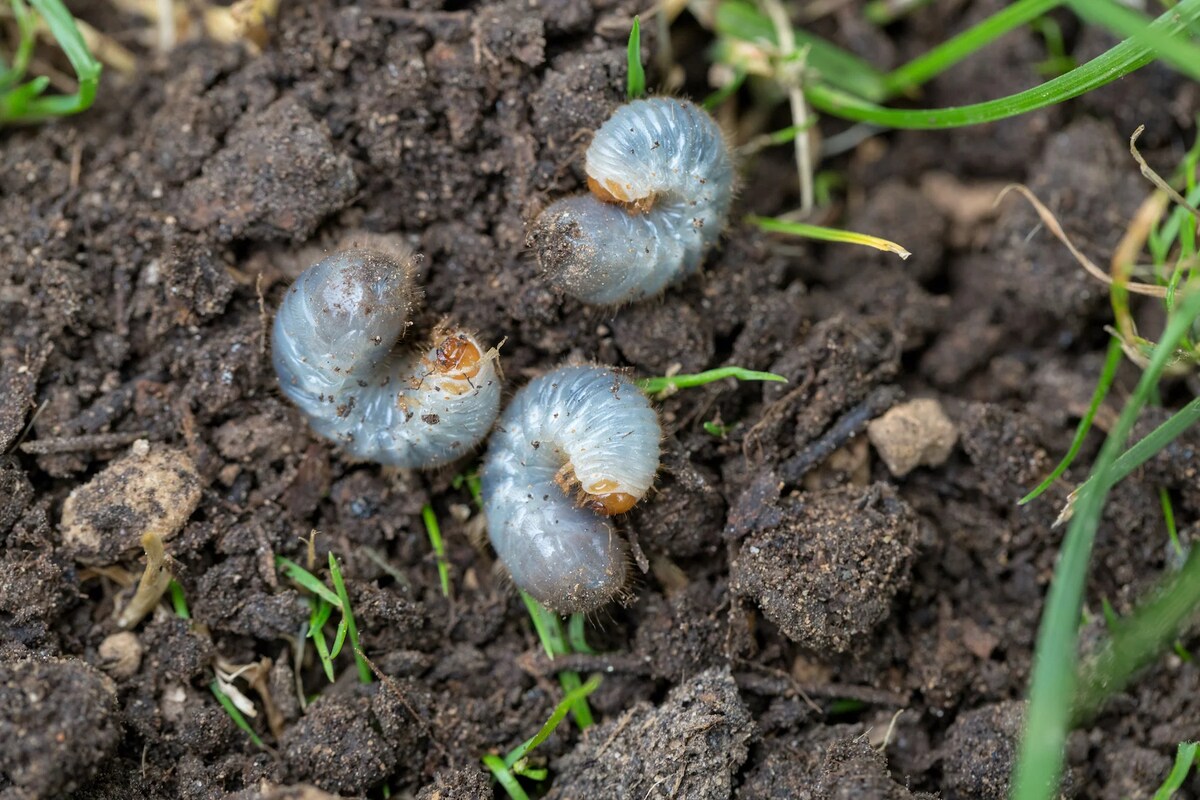
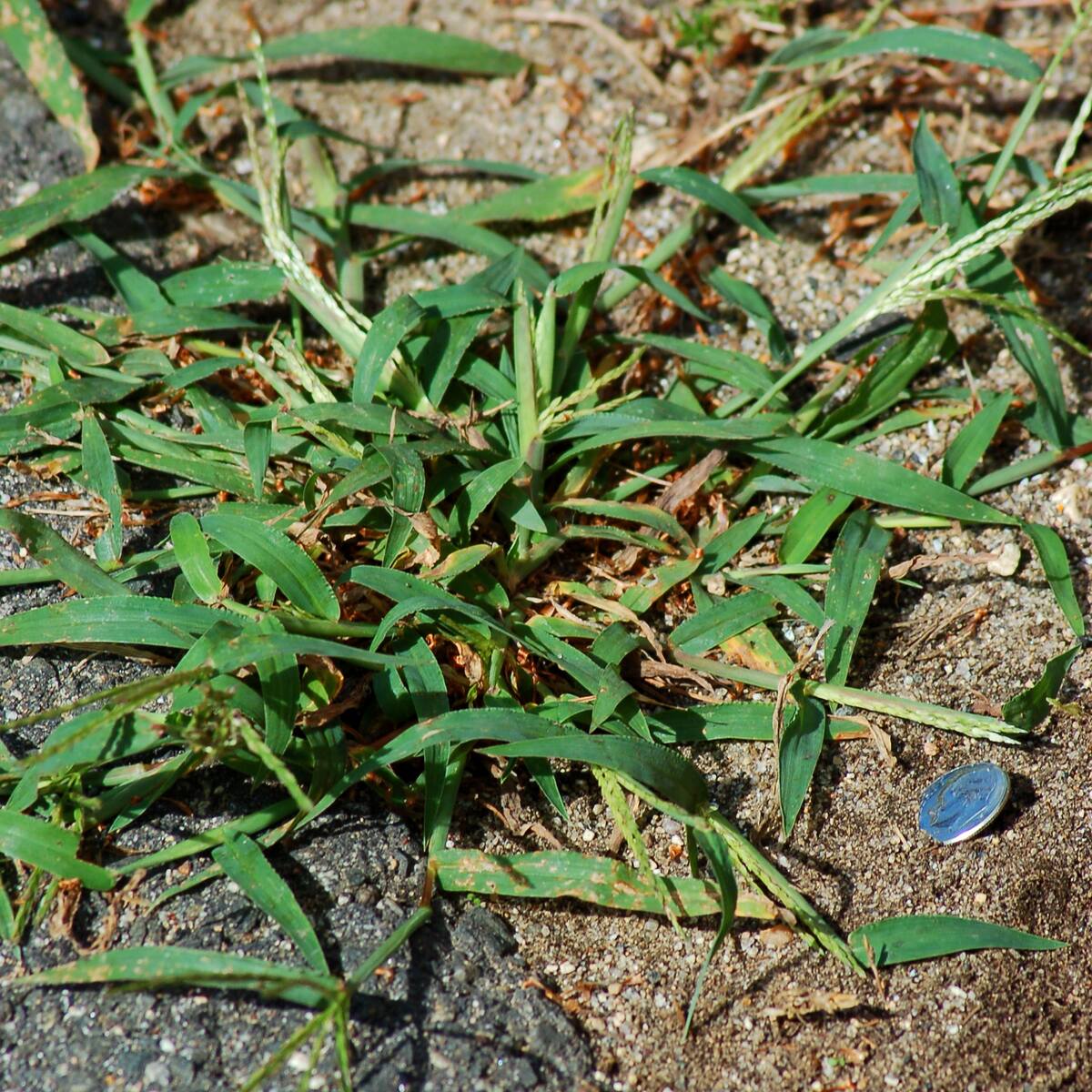
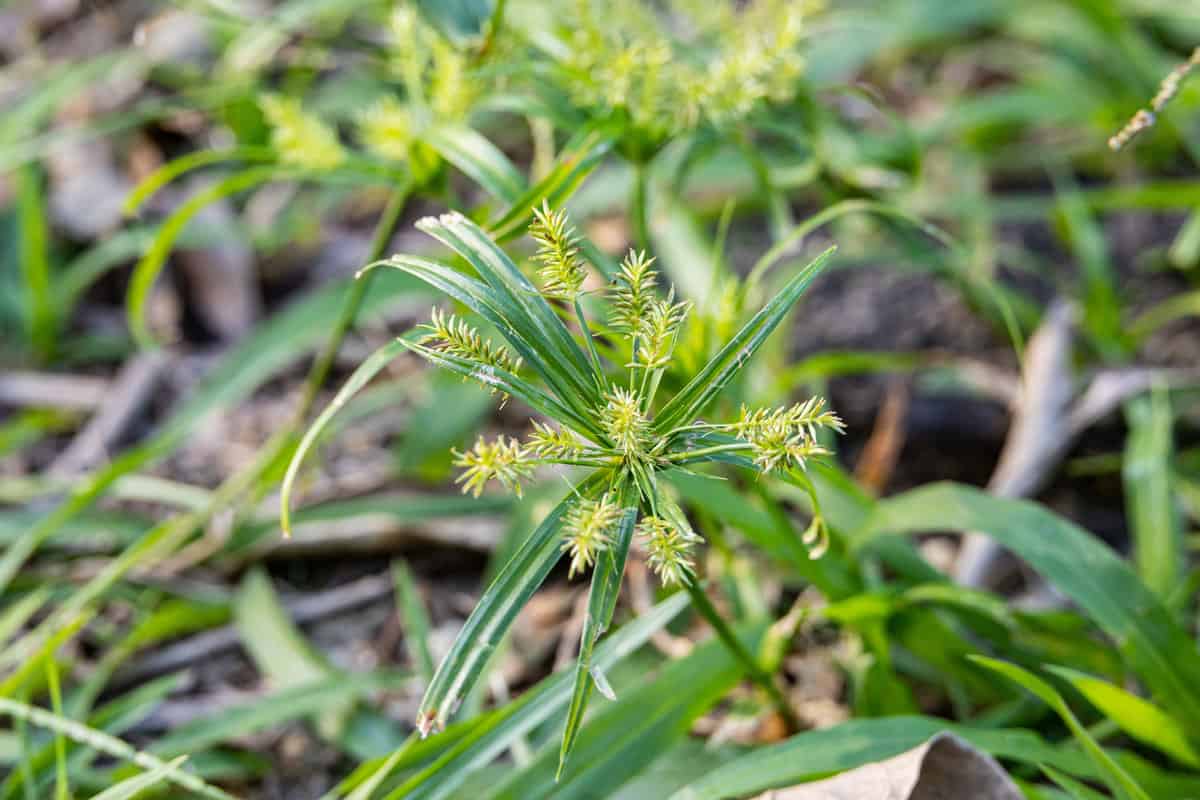
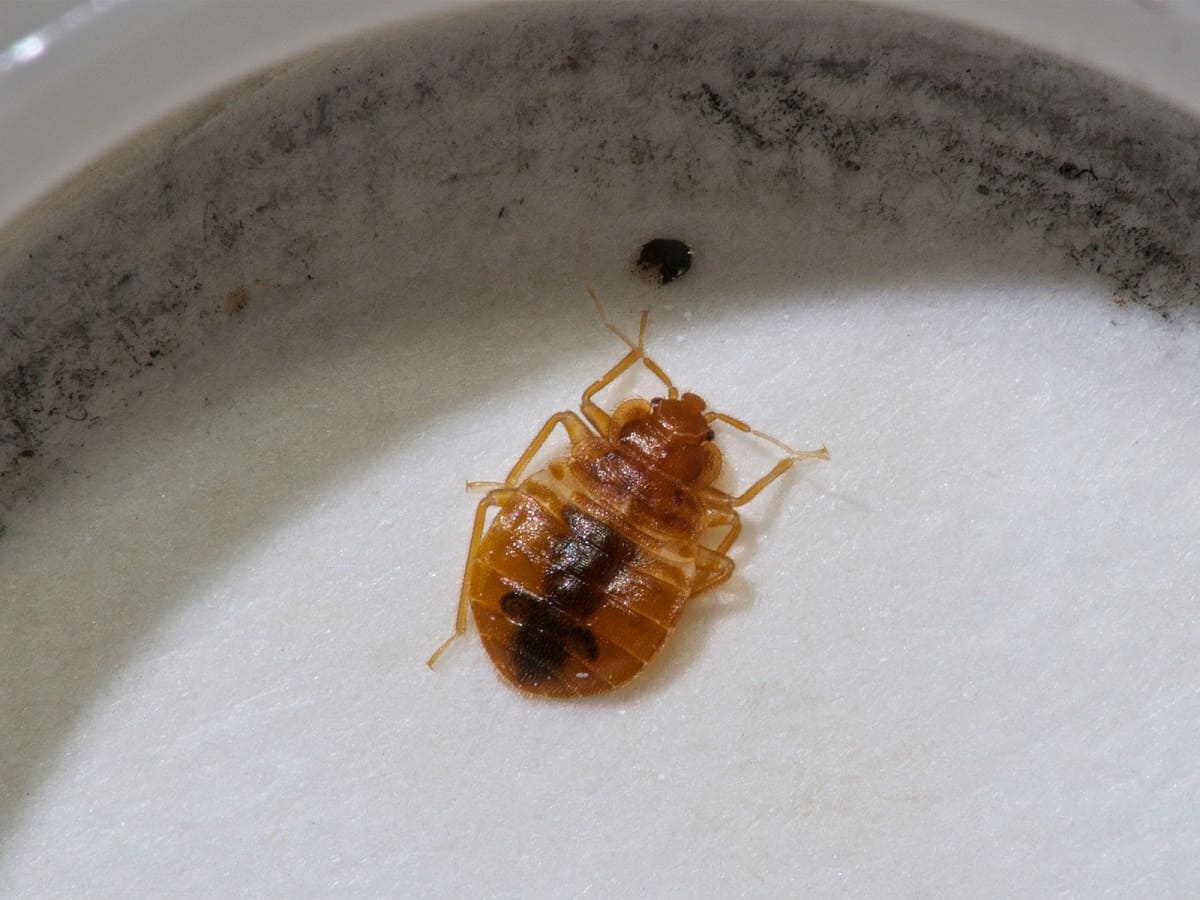
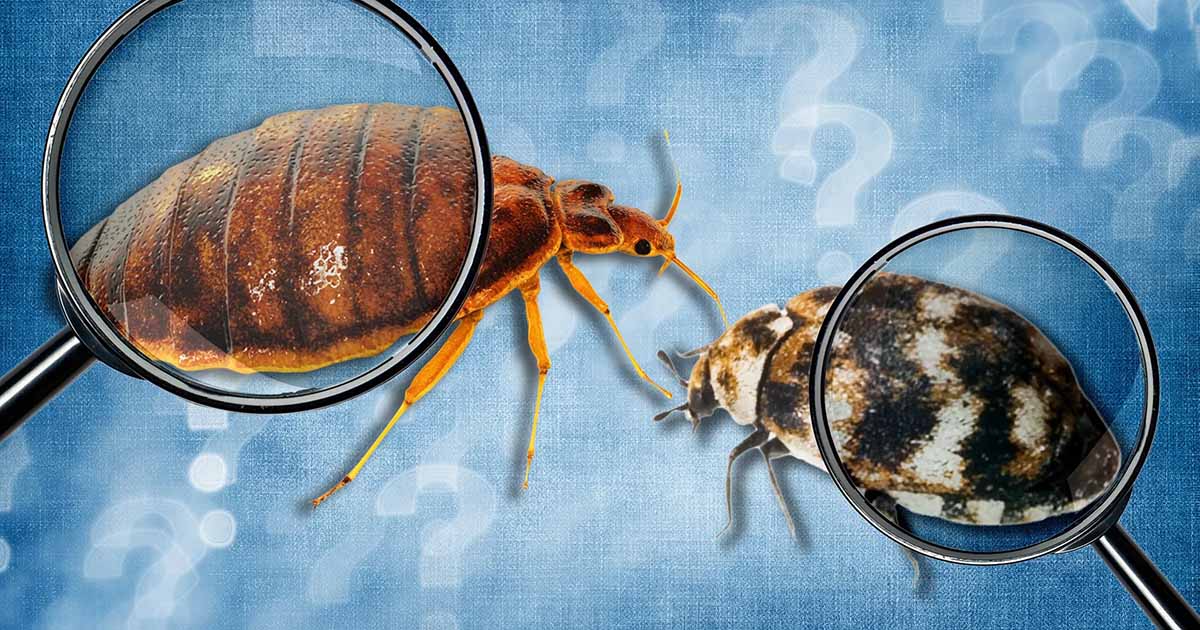

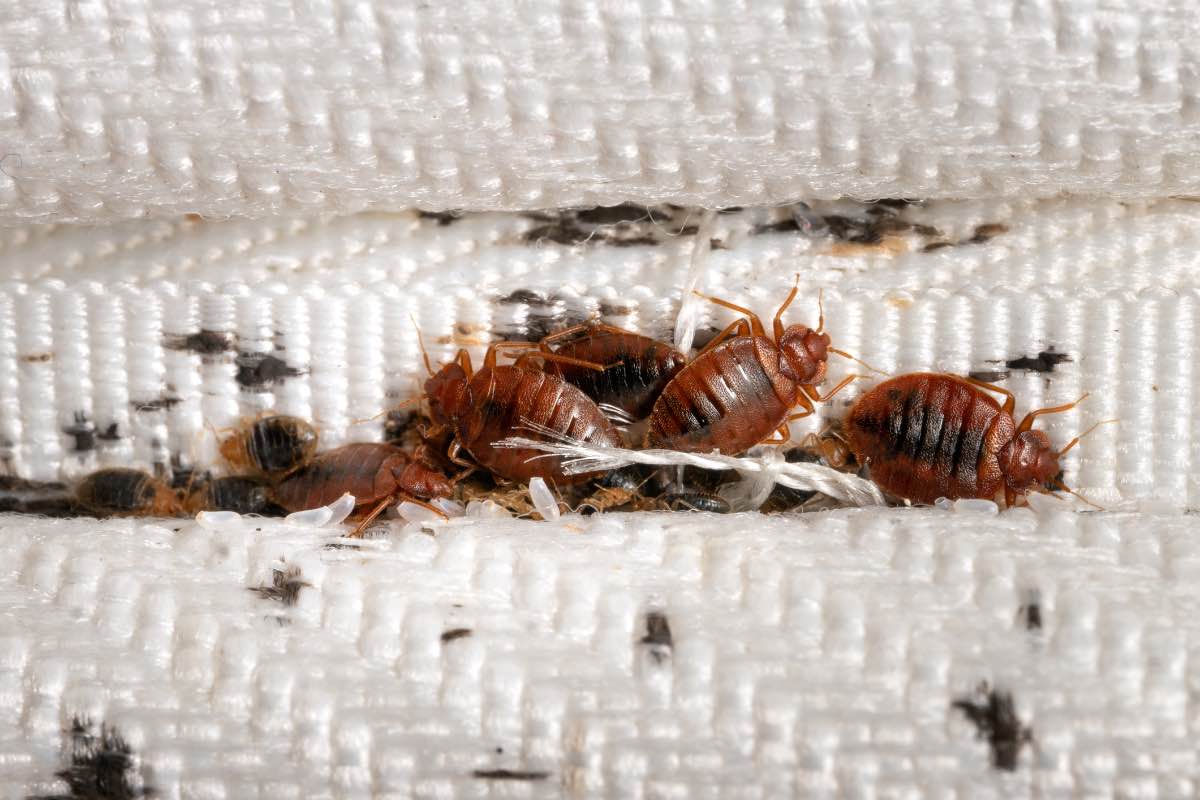
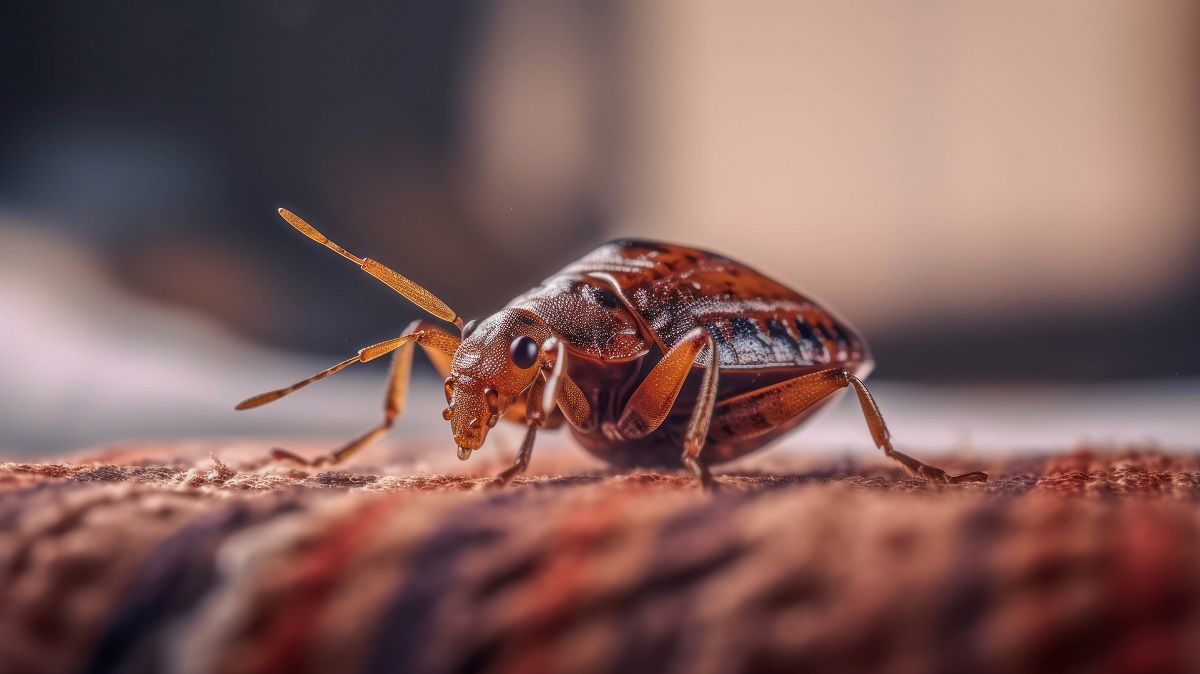
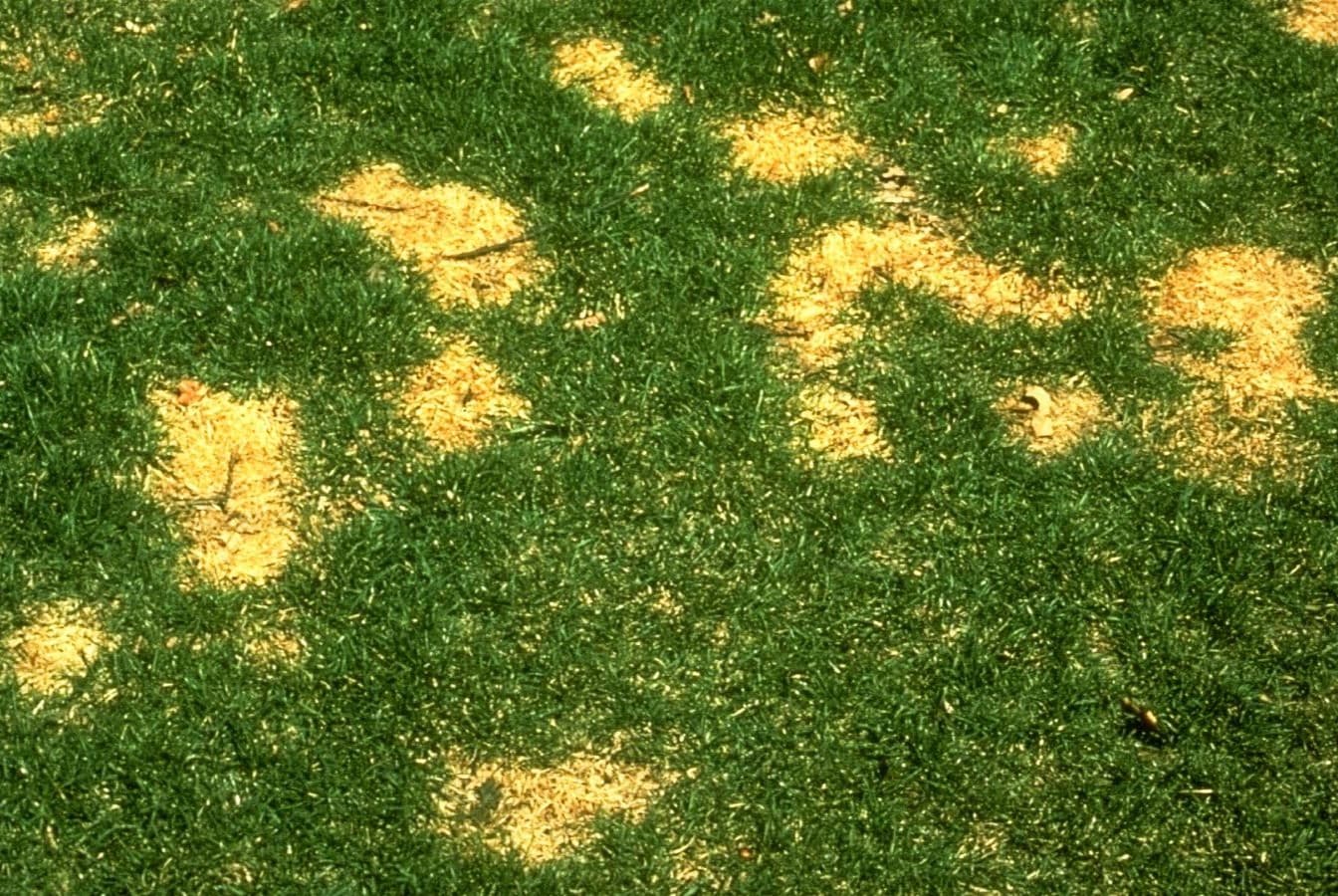
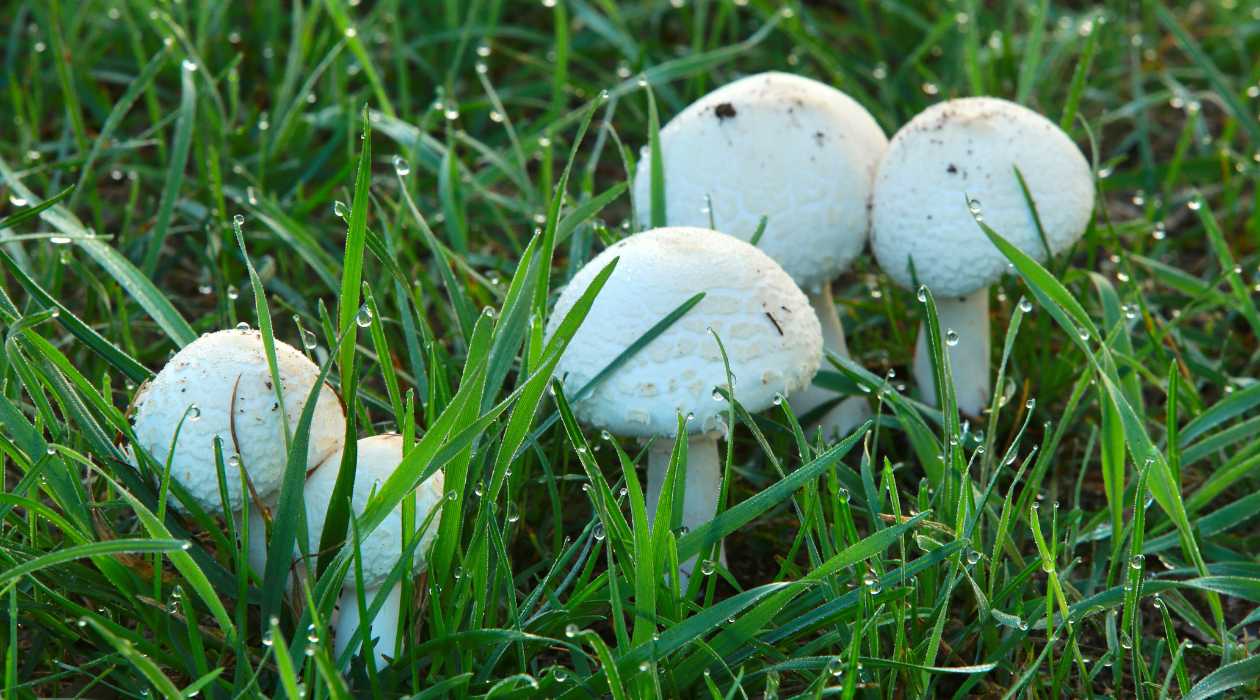

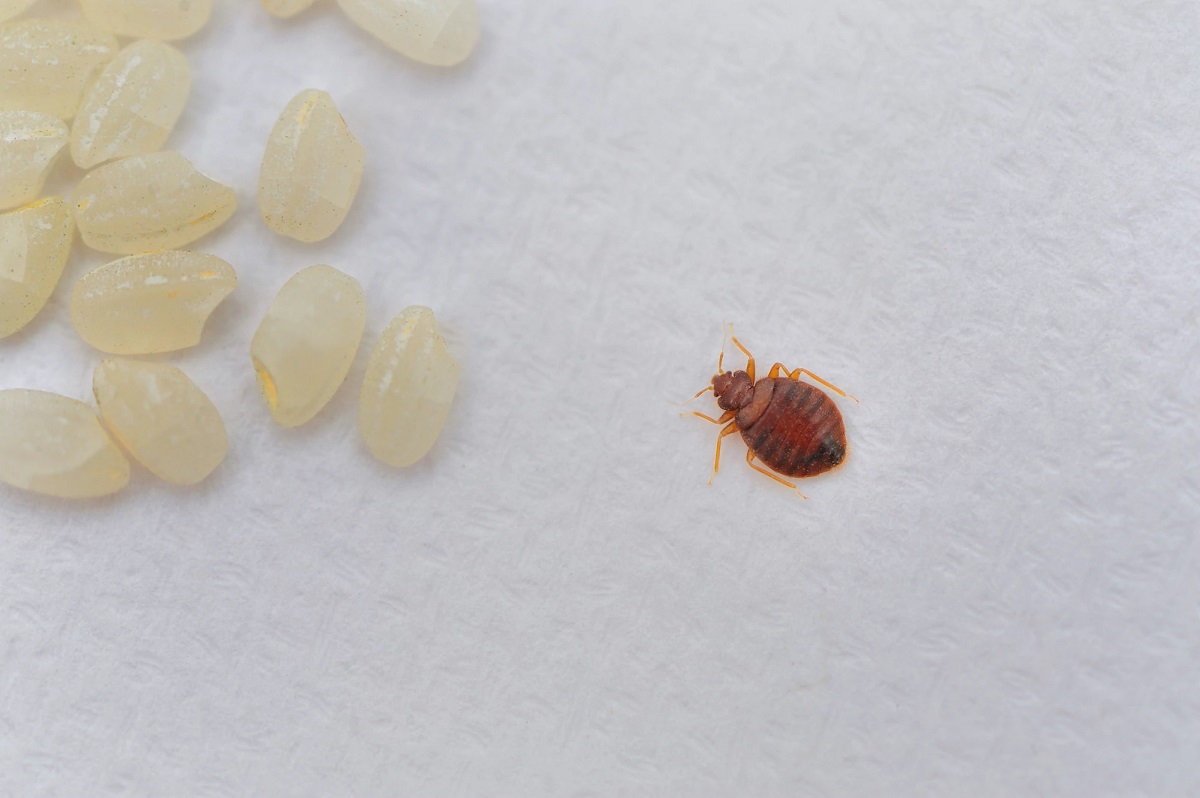
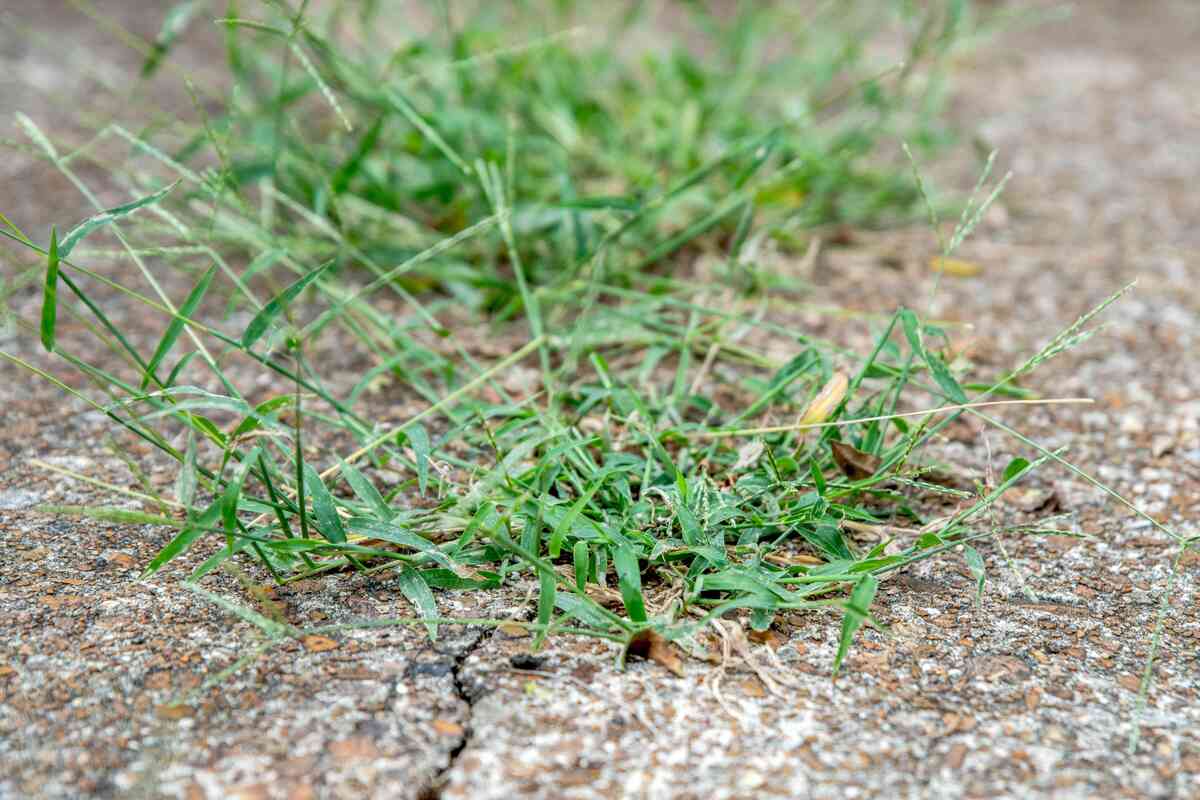
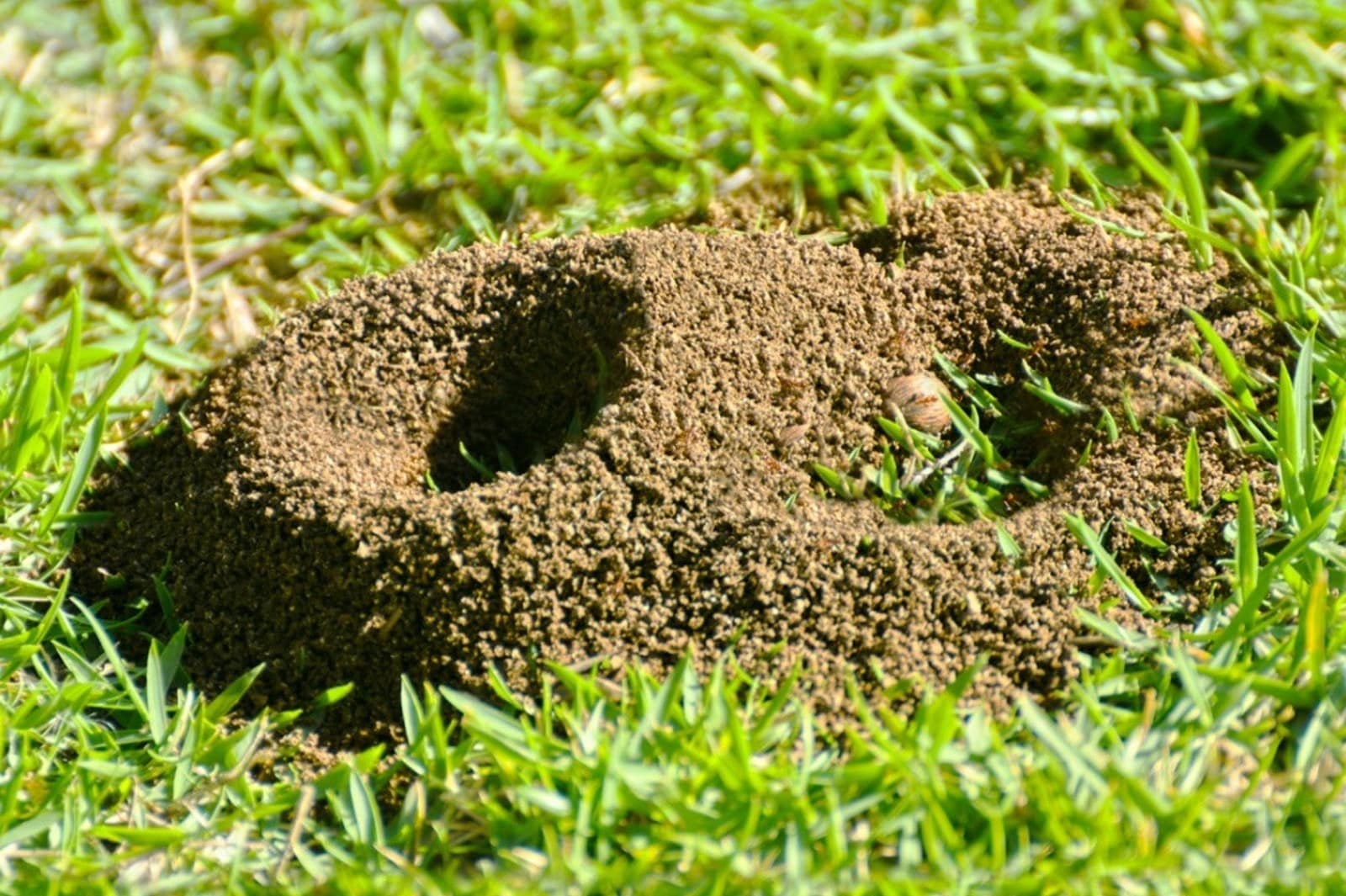

0 thoughts on “How To Tell If Bugs Are Killing Your Grass”